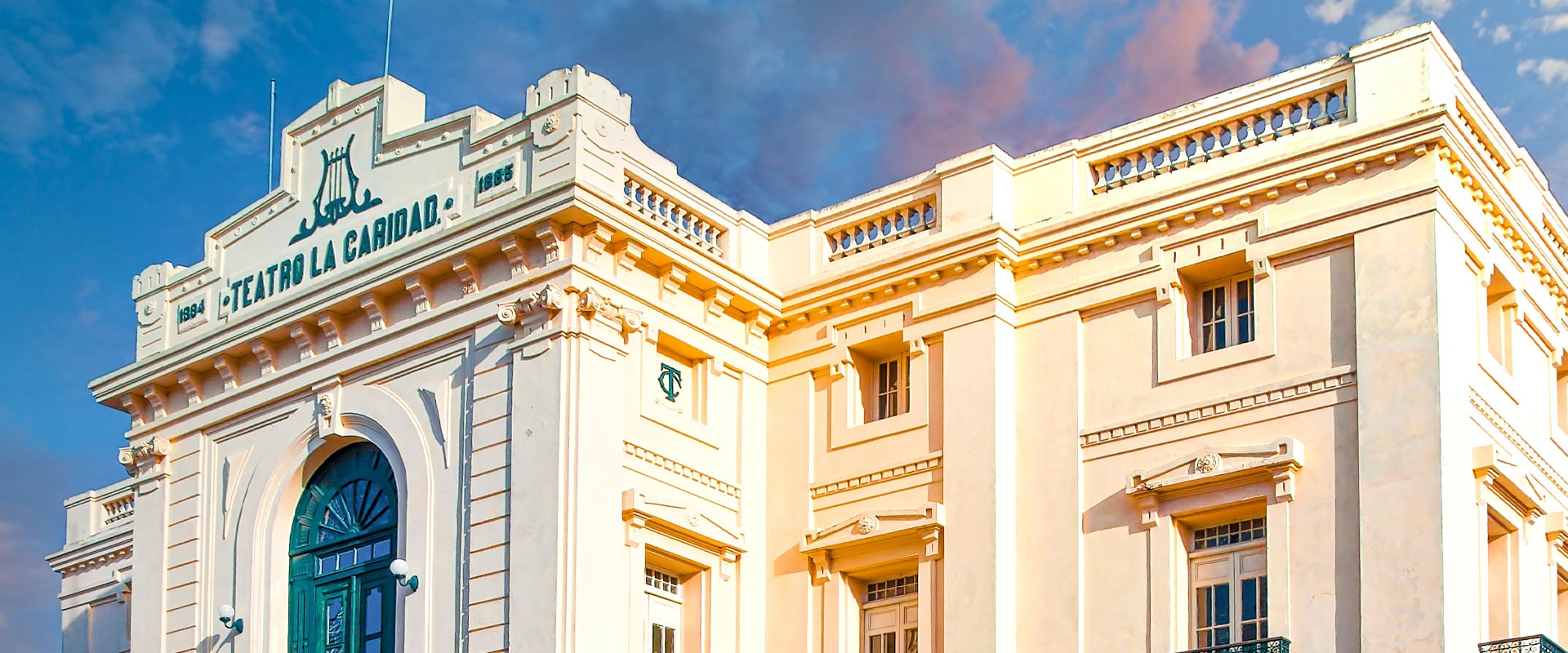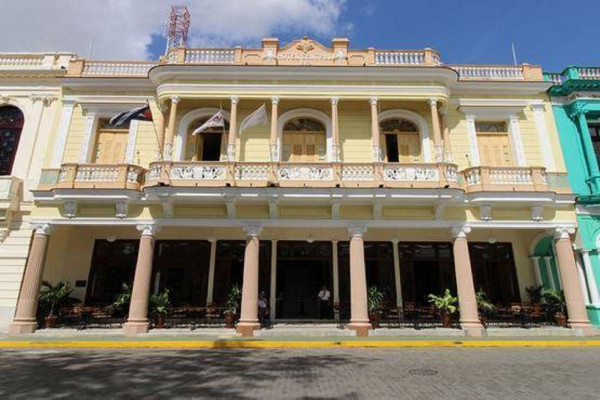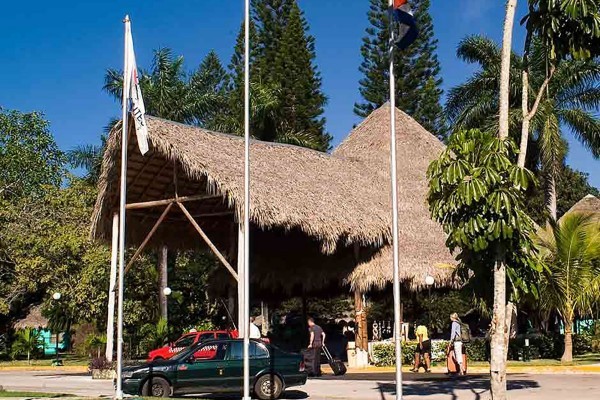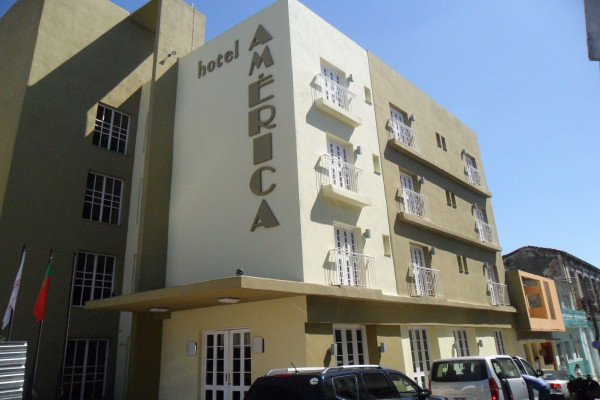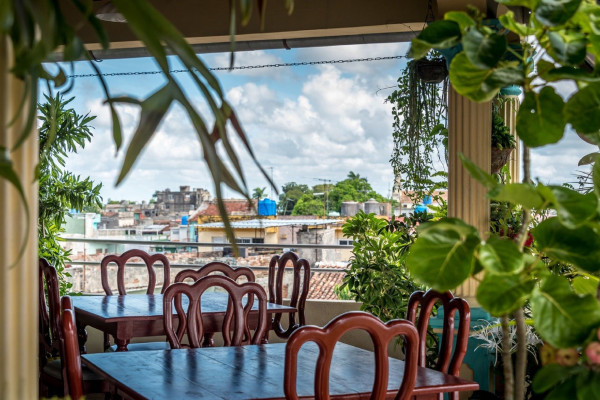Santa Clara Highlights
A likeable colonial city and provincial capital, Santa Clara is most famous for its pivotal role in the Cuban revolution.
On December 31, 1958, the combined forces of Che Guevara and Camilo Cienfuegos, attacked the city by de-railing a train carrying military supplies for the dictator Fulgencio Batista’s troops. Once Che and Camilo had captured the city, Cuba was effectively split in half, cutting off all communication between the west and east of the island. This was the decisive moment in the revolution and Batista fled the country a few hours later. Then on 1 January 1959 the victorious revolutionaries, including Fidel Castro, arrived in Havana seizing power and starting a new era in Cuban history.
Part of the train is still on display in the city and there is a huge memorial where Che Guevara and other revolutionaries are buried in the city’s Plaza de la Revolución, both locations offer a fascinating insight into Santa Clara’s history.
Although Santa Clara lacks the beauty of many other Cuban cities, it boasts its own pleasant colonial centre and is an interesting place to stay for a night. With a strong student presence in the city, there are a growing number of very affordable small bars and local restaurants, serving local home cooked dishes.
Santa Clara is also an ideal base from which to explore the quaint historic town of Remedios, the lake and mountain scenery at Hanabanilla, and the northern coastline including Yaguajay, a small unspoilt town hardly touched by tourism and the scene of another vital revolutionary battle.

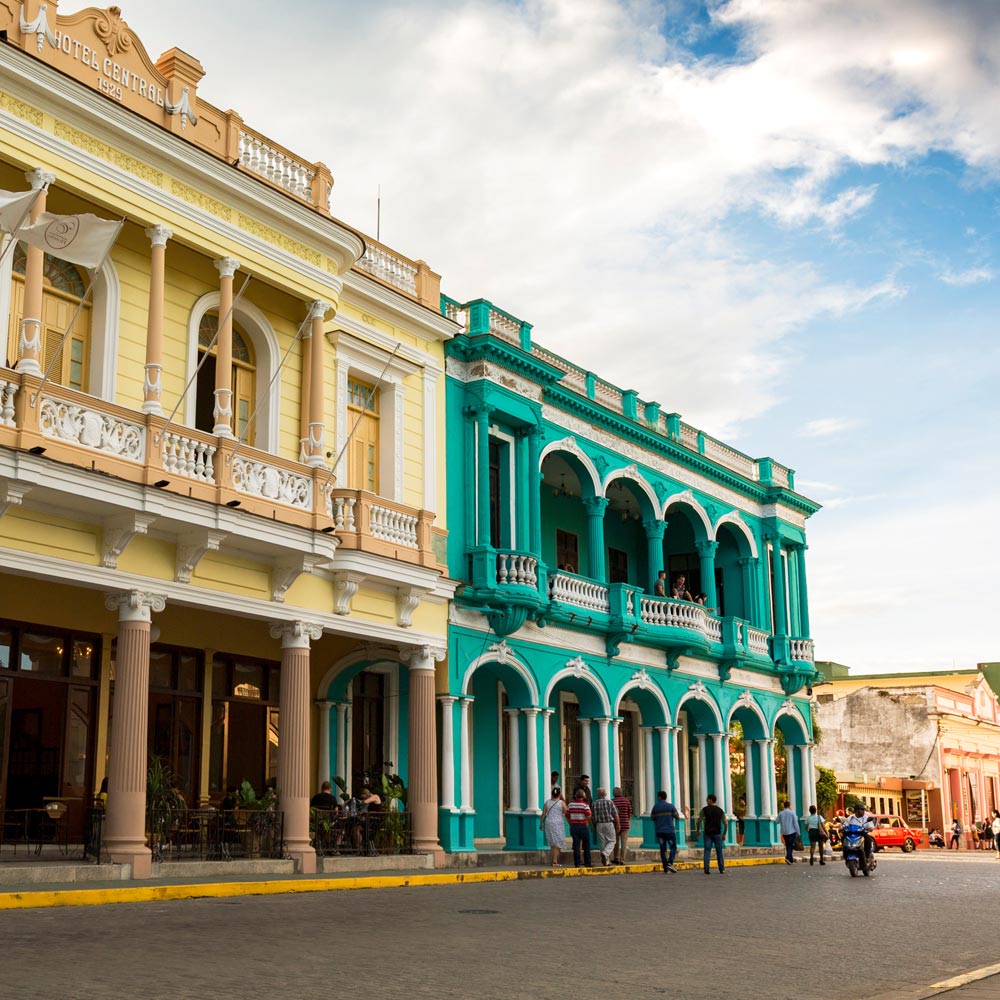
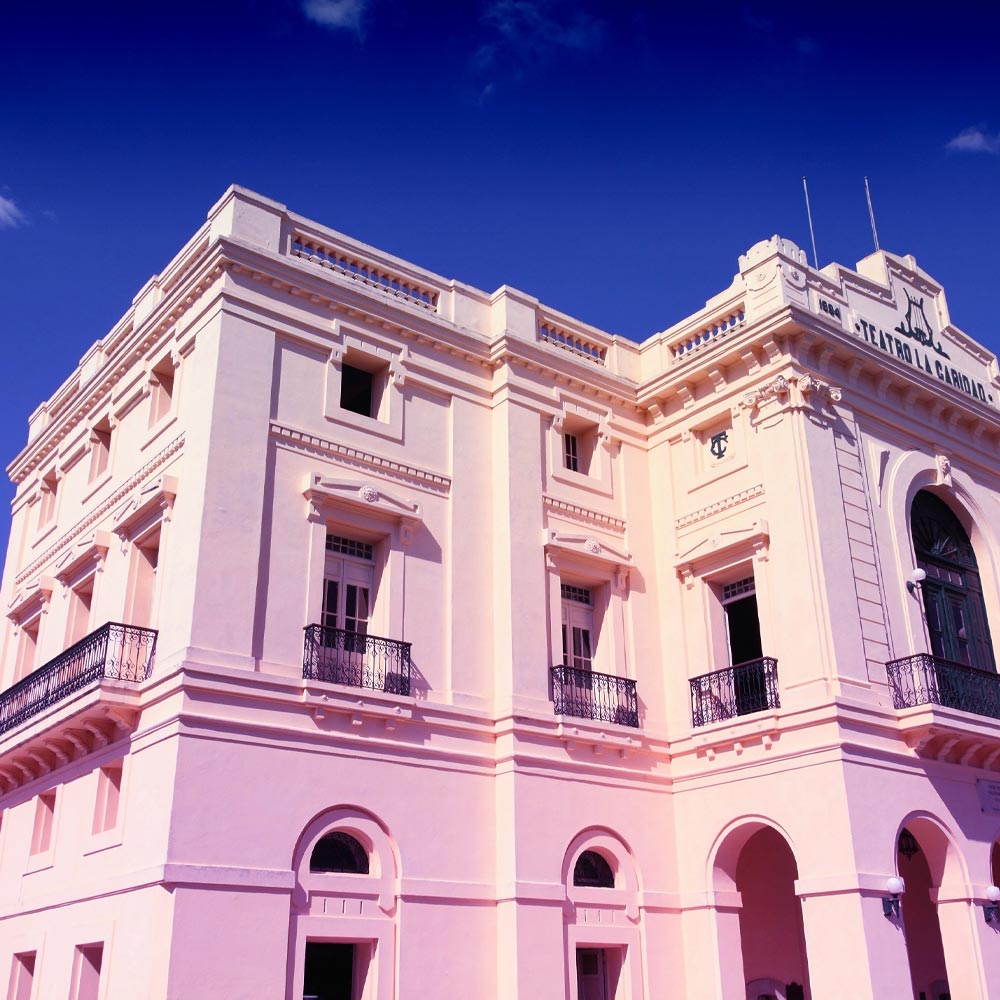
Accommodation in Santa Clara
Below is a selection of some of the hotels and boutique casas that we can book. Talk to us for our favourites and personal recommendations.
Already know what you want or need inspiration?
We’d be happy to answer all of your questions. Give us a call to start planning your tailormade holiday.
Call us on +44 (0) 1438 419 111 or click below to send us a message.







